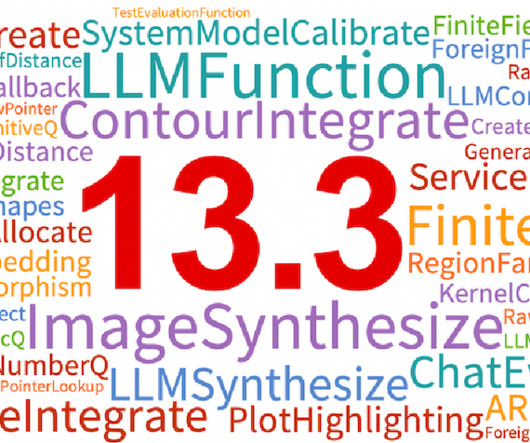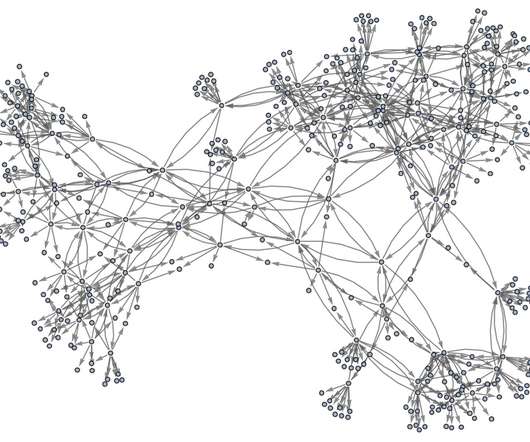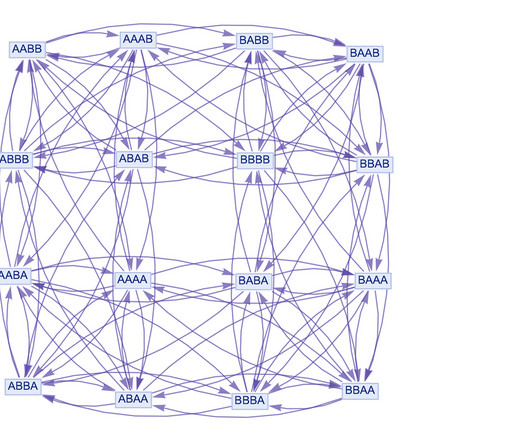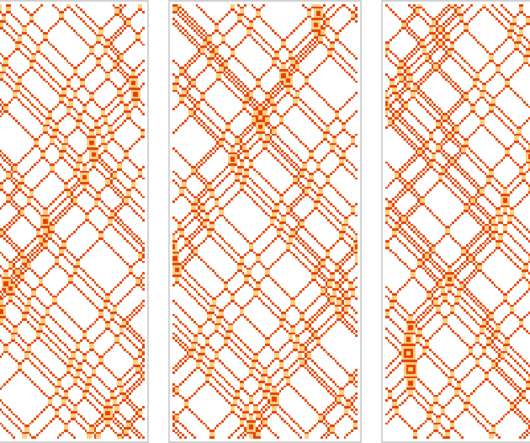LLM Tech and a Lot More: Version 13.3 of Wolfram Language and Mathematica
Stephen Wolfram
JUNE 28, 2023
Line, Surface and Contour Integration “Find the integral of the function ” is a typical core thing one wants to do in calculus. But particularly in applications of calculus, it’s common to want to ask slightly more elaborate questions, like “What’s the integral of over the region ?”, or “What’s the integral of along the line ?”











Let's personalize your content